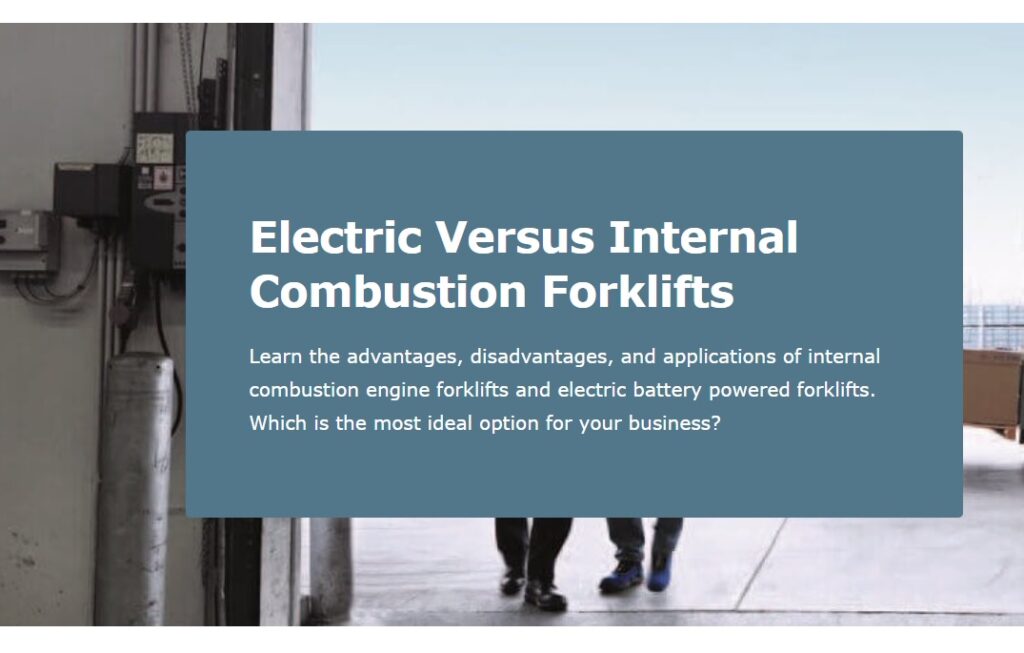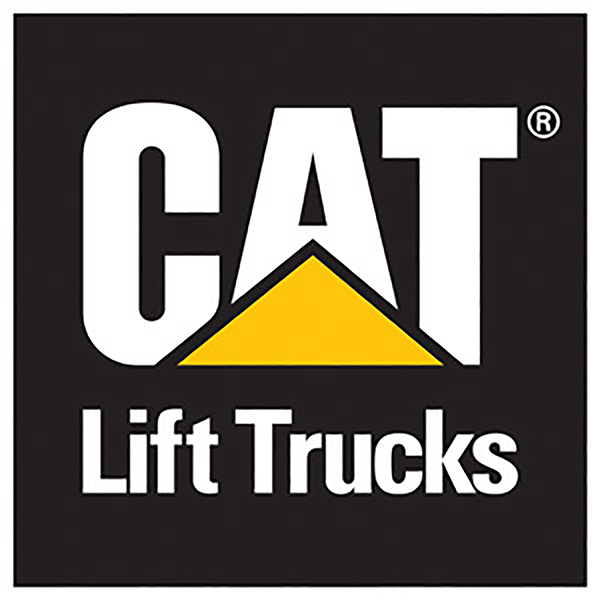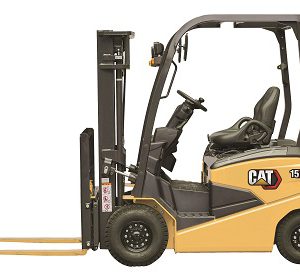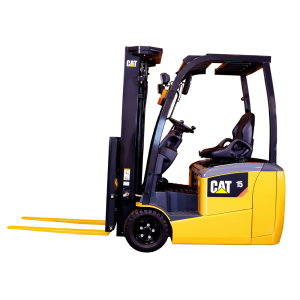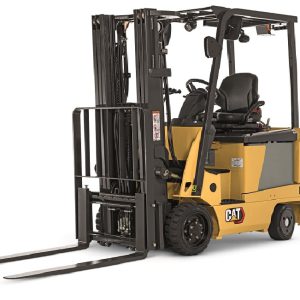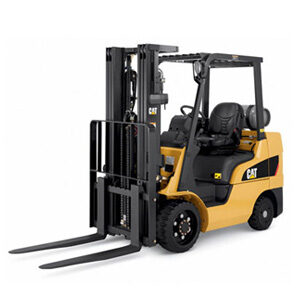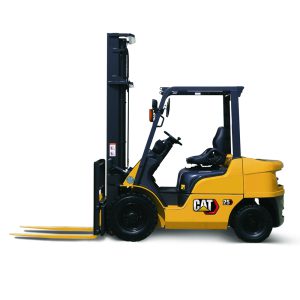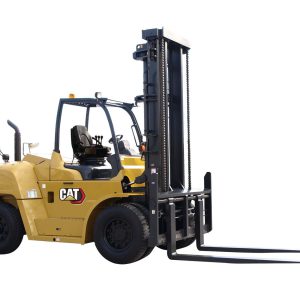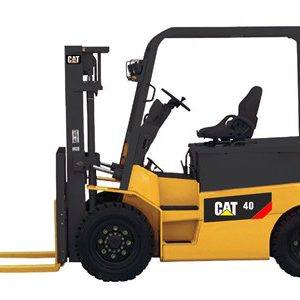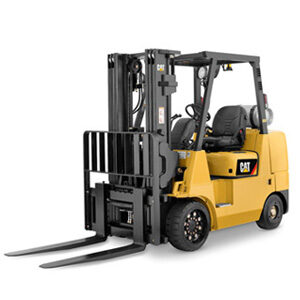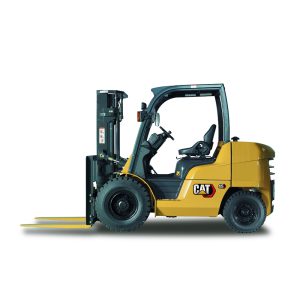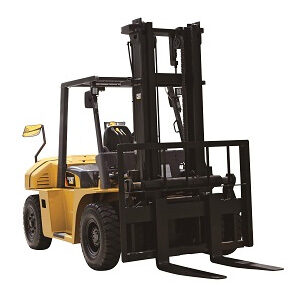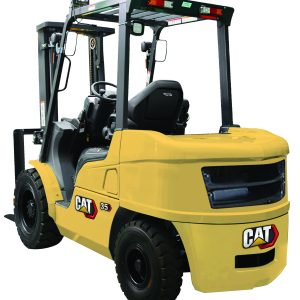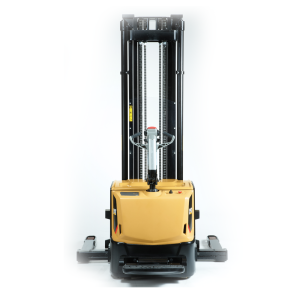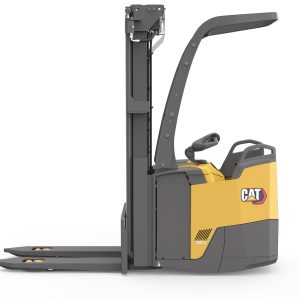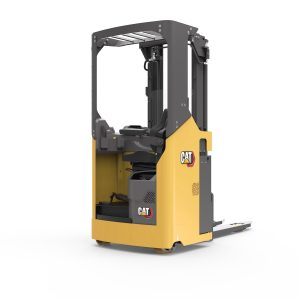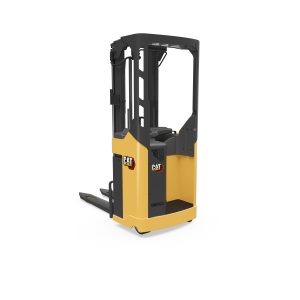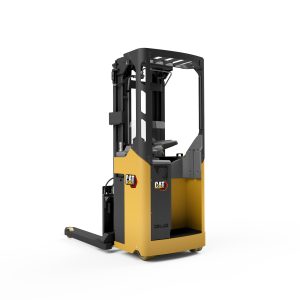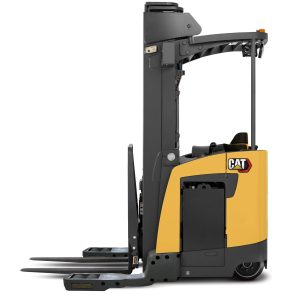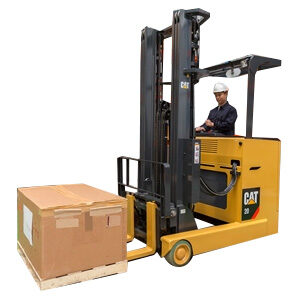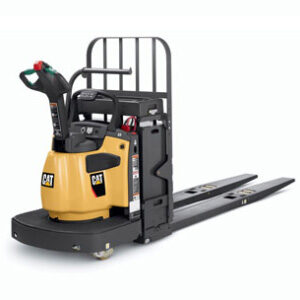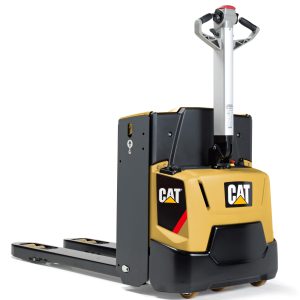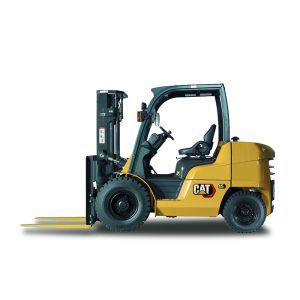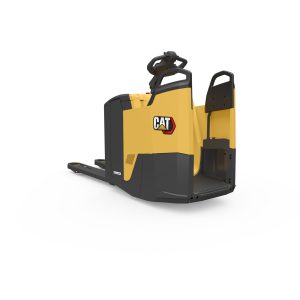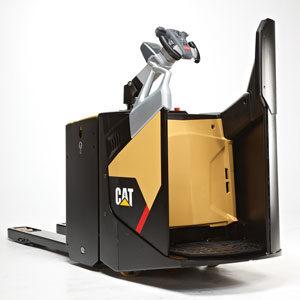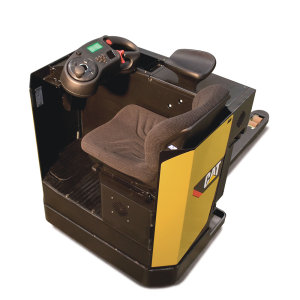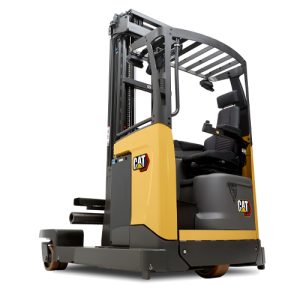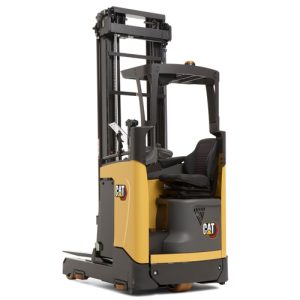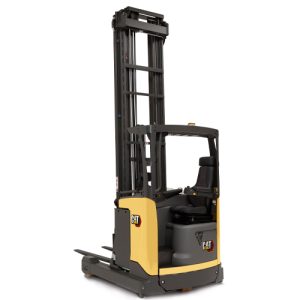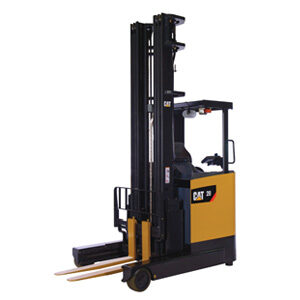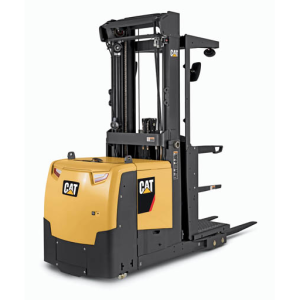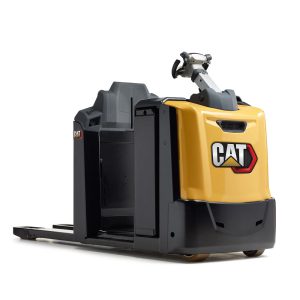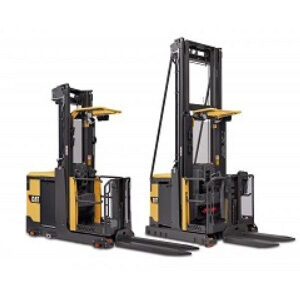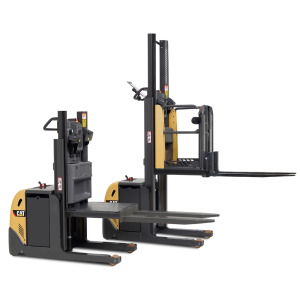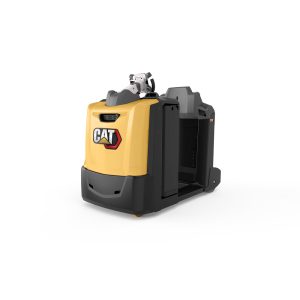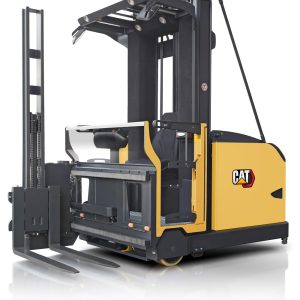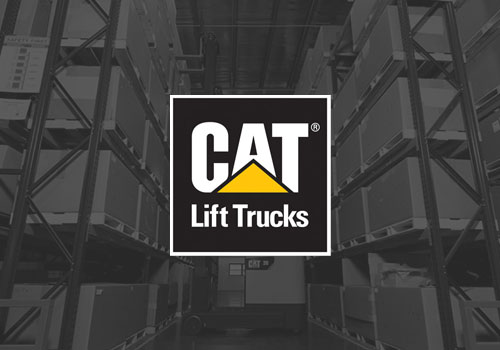
Ways to improve Loading dock safety procedures
Ways to improve Loading dock safety procedures
12/04/2021
In the world of materials handling and logistics, loading docks are often considered one of the most dangerous places. Investment in technological solutions can reduce the risks but a firm understanding of the hazards and essential safety measures is needed too. Mark Nicholson sums up the key issues and options.
A recipe for disaster
Forklift trucks and heavy goods vehicles are powerful machines which can cause great damage to goods, equipment, facilities, and people if used incorrectly and so present a number of possible risks.
In fact, interactions of any kind can generate multiple possibilities for different accidents. In the loading dock there is a lot of interaction, not just between forklift trucks, other materials handling equipment and lorries but also between these machines and the forklift truck operators, co-workers, and lorry drivers. Additionally, lorry drivers may not be familiar with the loading dock safety procedures at the site or even speak the same language as the warehouse staff.
Goods and containers should also be added to the list, as sudden movements of a heavy goods vehicle can cause items to fall from a height, while any slope created during the loading or unloading process may result in containers sliding or rolling.
Loading dock accidents are frequently caused by lorries driving away before the loading or unloading is finished, throwing equipment, personnel and goods standing on the platform between the dock and vehicle, or near the back of the vehicle, to the ground. The simplest loading dock safety solutions include:
- Taking away the lorry driver’s keys and not returning them until it is safe for the vehicle to leave.
- Traffic lights, signals or signs used to tell drivers when it is safe to leave and warehouse staff when it is safe to load/unload.
- Placing a cover on the steering wheel and only removing it when the driver has clearance to depart.
Recent technological solutions have included interlock systems which prevent opening of the loading dock doors until a restraint mechanism has been applied to the lorry and block operation of the lorry while the loading dock door is open. The technology available today can also be used to avoid the unintentional, relatively small movements of the vehicle, our next set of risks.
Once the vehicle is in the correct position for loading or unloading, some sort of platform – such as a dock plate or a leveller – is used to fill the gap between it and the dock. If the vehicle moves even slightly, this gap may widen, and the platform may suddenly drop. The effects are like those caused by prematurely driving away.
Several factors can produce such movement. For example, a heavy forklift truck may push down so hard on the lorry’s suspension that the vehicle rocks or if the surface of the yard is uneven, the landing legs of the trailer may be unable to perform their stabilising function and there will be a rocking motion as loads are moved.
Even on a perfect surface another potential cause of ‘see-saw’ action occurs if the trailer is uncoupled from the tractor unit, as driving forklift trucks or placing heavy loads towards its front end can make it tip forward from its landing legs.
Factors which increase the risk of sudden slipping of the platform include large height differences between the vehicle’s loading floor and the dock; variation in the position and thickness of the buffers on the dock and the vehicle; compression of the buffers by a vehicle driven too close to the dock, and accidental placement of a trailer on top of the dock’s buffers.
The traditional approach to stopping a parked vehicle from moving is to place chocks against its wheels or use some other physical restraining device. Today’s technology offers the ability to activate restraint devices safely via remote control. By keeping the trailer and tractor unit coupled, advanced restraint devices avoid the see-saw effect mentioned earlier. If uncoupling of the trailer is necessary, a trailer prop can be used to prevent rocking.
Beware gradients
Ideally, the loading dock and the loading floor of the vehicle should be at the same height. In practice, they vary between sites and models. The height of a vehicle may vary daily depending on the weight of its load, the pressure of its tyres or the behaviour of its suspension. Some trailers have two load decks, so one or other of them is sure to be at a different height to the dock. Steep slopes resulting from height differences are a problem when loads are held in wheeled containers, as workers may be struck by runaway loads rolling into or out of the vehicle.
If an incline cannot be avoided, it is better for the vehicle to be higher than the dock, rather than vice versa, as personnel working inside the lorry are more easily trapped by a runaway load. A modern technological loading dock safety solution is provided by hydraulic dock levellers.
Stay out of the rain
Water on the loading dock or platform is a slip hazard to both workers and materials handling equipment. Usually the dock has some sort of curtain system or shelter to keep out the wet but the seal is not always effective. An additional problem has arisen in recent years with the invention of ‘teardrop’ trailers, whose design may channel water backwards into the loading dock.
Rapid advances in the design of dock canopies, shelters and sealing systems have not only provided a solution to wet surfaces but have reduced energy bills by improving insulation. Meanwhile, trailer manufacturers have developed ways of diverting rainwater sideways rather than into the loading area.
Training – the most essential ingredient for safety
Whether you choose traditional methods or invest in the latest automated technology, accidents remain a possibility unless employers, managers and personnel understand the dangers, know how to minimise them and actually follow the loading dock safety procedures on a daily basis. Whatever else you do to make this area safer you should make regular training a priority.
